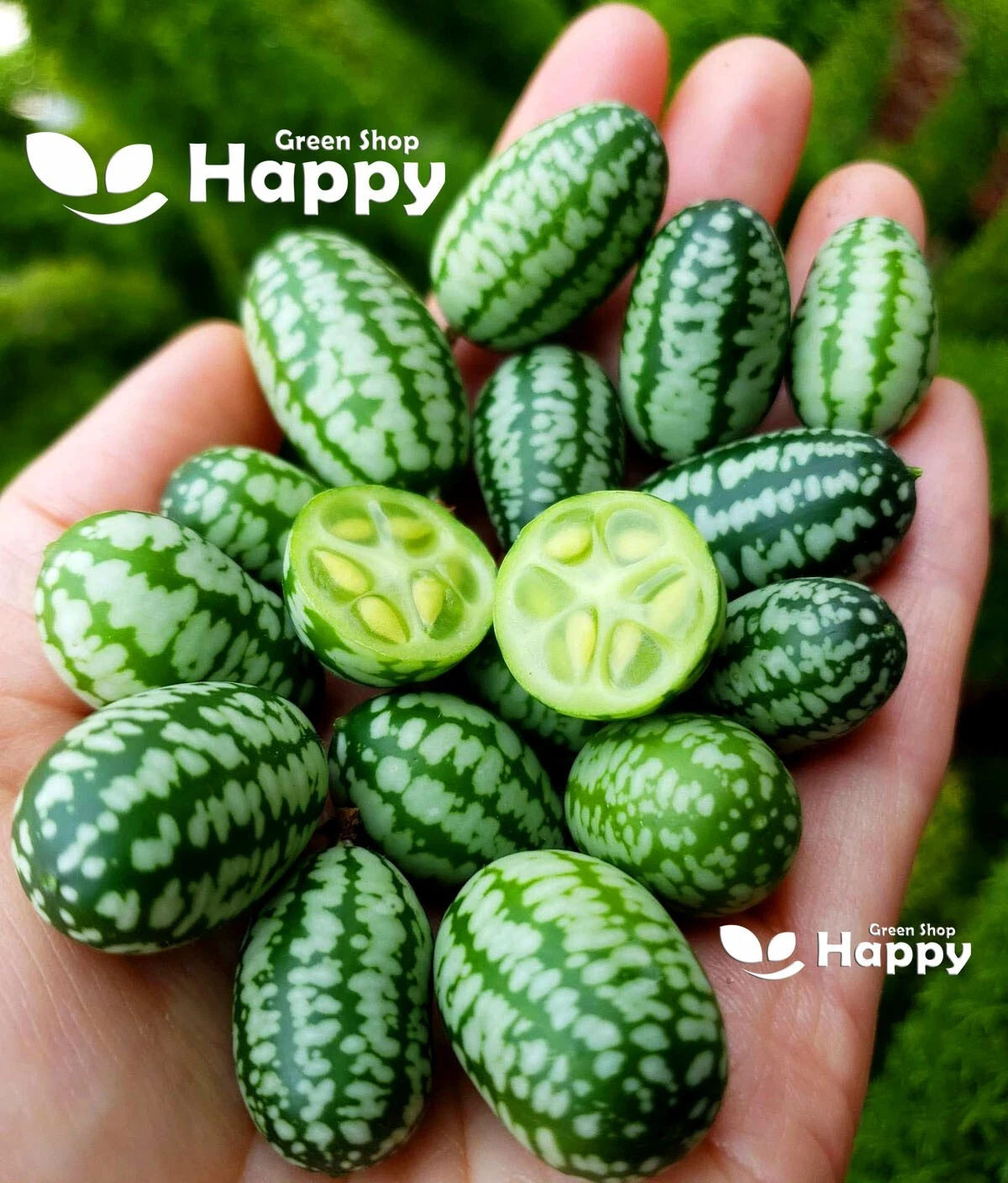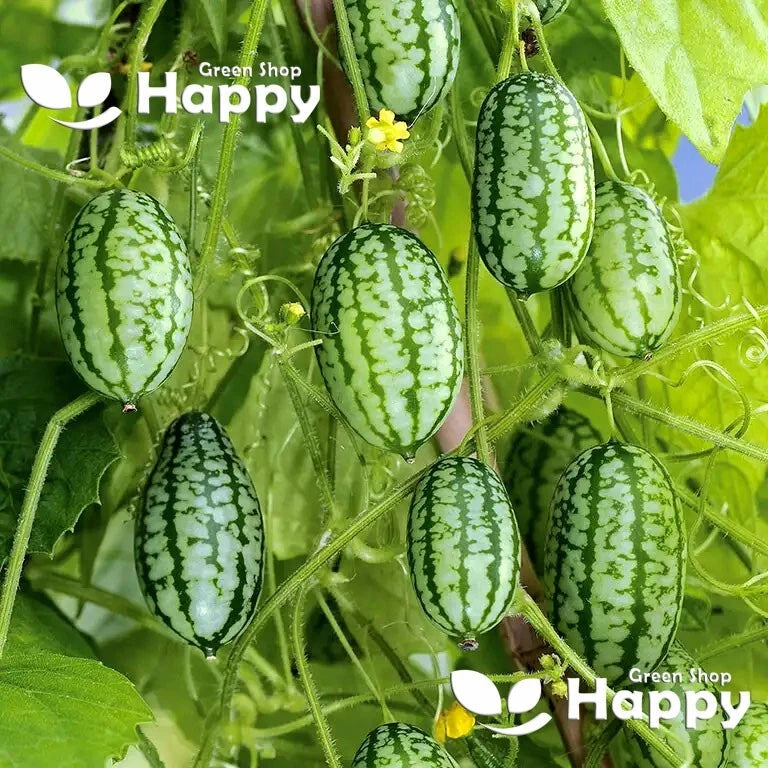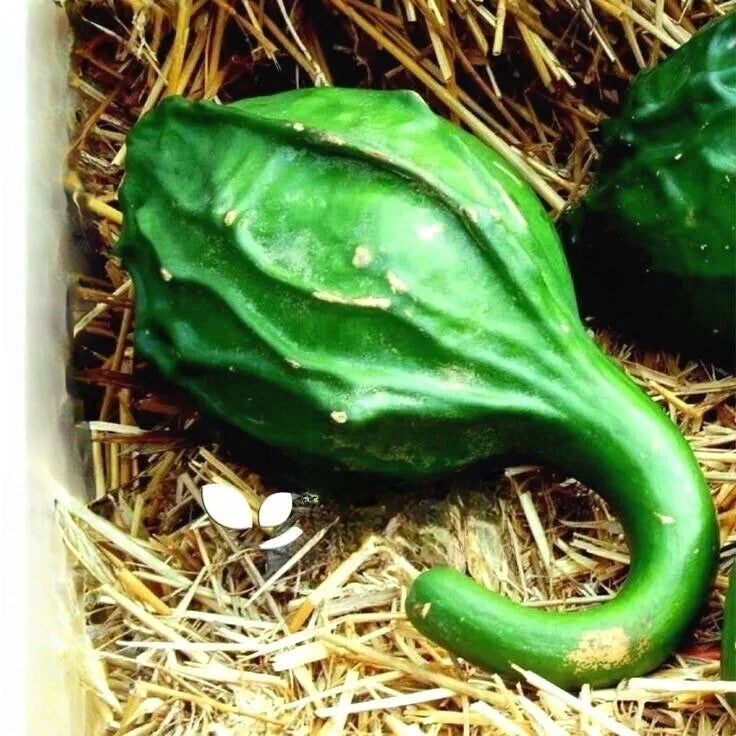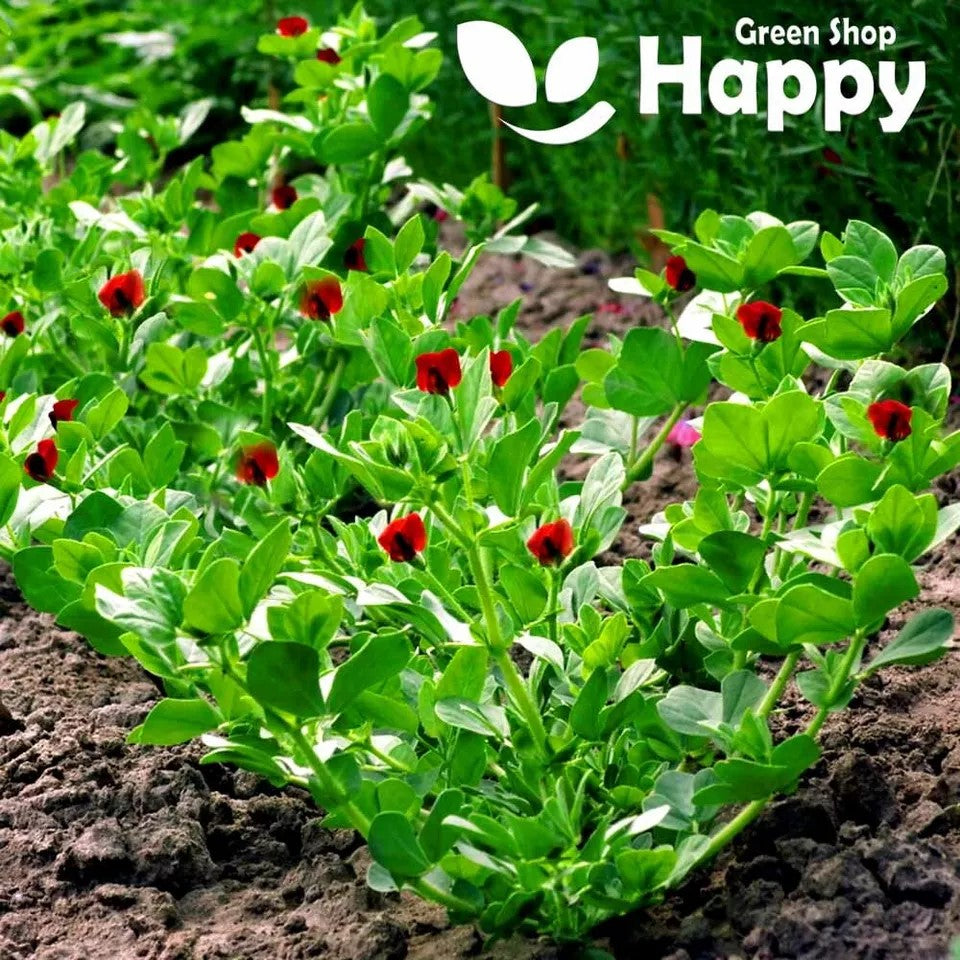Sort by:
30 products
30 products
Cucamelon 'Mouse Melon' – Seeds (Melothria scabra)
The quirky and delicious Cucamelon, also known as the Mouse Melon or Mexican Sour Gherkin, produces miniature watermelon-lookalike fruits with a refreshing cucumber-like taste and a hint of citrus. These grape-sized fruits are perfect for snacking, adding to salads, or pickling. Easy to grow and highly productive, they are a fun and unique addition to any kitchen garden.
How to Grow
-
Sow indoors from April to May in pots at 20–24°C.
-
Sow 1 cm deep in moist compost.
-
Transplant seedlings into larger pots or outdoors after the last frost.
-
Train plants to climb trellises or supports for the best yield.
-
Harvest fruits when grape-sized and firm.
Key Features
-
Produces tiny fruits resembling watermelons
-
Refreshing cucumber flavor with a citrus twist
-
High-yielding and easy to grow
-
Decorative and fun addition to gardens
-
Perfect for snacking, salads, and pickling
Ideal For
-
Healthy snacking straight from the vine
-
Adding crunch and flavor to salads
-
Homemade pickles and preserves
-
Gardeners looking for unusual and exciting crops
Sowing & Harvest
-
Sow: April to May (indoors)
-
Plant out: Late May to June
-
Spacing: 30–40 cm apart
-
Harvest: July to October
Quick Tip
-
Grow Cucamelons on a trellis or in hanging baskets to make harvesting easier and keep fruits clean.
Caveman’s Club Gourd – Unique Club-Shaped Ornamental Gourds
The Caveman’s Club Gourd (Lagenaria siceraria) produces large, club-shaped gourds with a striking, rustic appearance. Perfect for autumn décor, crafting, and garden displays, these unusual gourds are easy to grow and make a bold statement in any arrangement or DIY project.
What Makes It Special
-
Distinctive large club shape
-
Rustic, natural appearance
-
Long-lasting when dried
-
Ideal for creative décor and craft projects
Key Features
-
Vines can grow up to 6 m
-
Annual – grown for ornamental fruit
-
Harvest in late summer to autumn
-
Stores well for months after drying
-
Thrives in warm, sunny conditions
Ideal For
-
Autumn and seasonal décor
-
Large-scale craft projects
-
Garden displays and statement pieces
-
DIY birdhouses, containers, or artistic projects
Sowing
-
Sow indoors 3–4 weeks before last frost or direct after frost risk passes
-
Plant seeds 2–3 cm deep
-
Germination: 7–14 days at 20–25°C
-
Space 120–150 cm apart in full sun, fertile soil
-
Provide trellis support for climbing vines
Asparagus Pea – Seeds (Tetragonolobus purpureus)
Asparagus Pea (Tetragonolobus purpureus) is a vigorous, climbing annual producing clusters of attractive, purple-pink pea-like flowers. Its edible pods have a mild, asparagus-like flavor, making it perfect for both ornamental and culinary use. Blooming from summer to autumn, this versatile plant thrives on trellises, fences, and obelisks, adding vertical interest, color, and delicious harvests to your garden.
Why Grow "Asparagus Pea"
-
Vigorous climber with purple-pink flowers
-
Edible pods with a mild asparagus-like taste
-
Long flowering and harvesting season
-
Perfect for vertical gardening on trellises and fences
Key Features
-
Type: Annual climber (Tetragonolobus purpureus)
-
Height: 150–180 cm
-
Flowering: Summer to autumn
-
Position: Full sun
-
Uses: Trellises, fences, obelisks, edible gardens, cut flowers
Ideal For
-
Vertical displays in small or large gardens
-
Edible and ornamental gardening
-
Container and patio planting
-
Gardeners seeking climbers with attractive flowers and tasty pods
Sowing & Growing
-
Sow indoors: February–April
-
Sow outdoors: After last frost in well-drained soil
-
Germination: 10–20 days at 15–20°C
-
Space seedlings: 25–30 cm apart
-
Provide support for climbing
Showing 30/30







